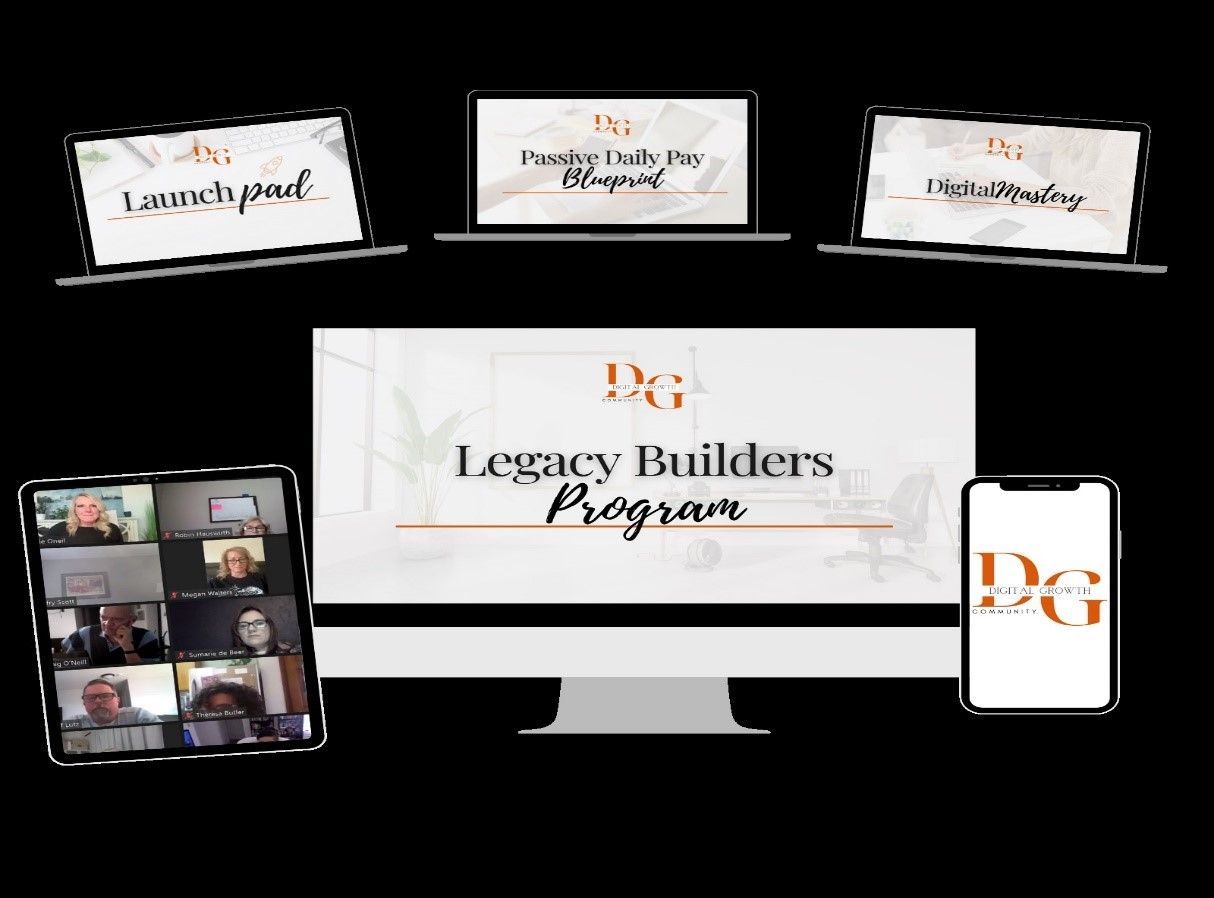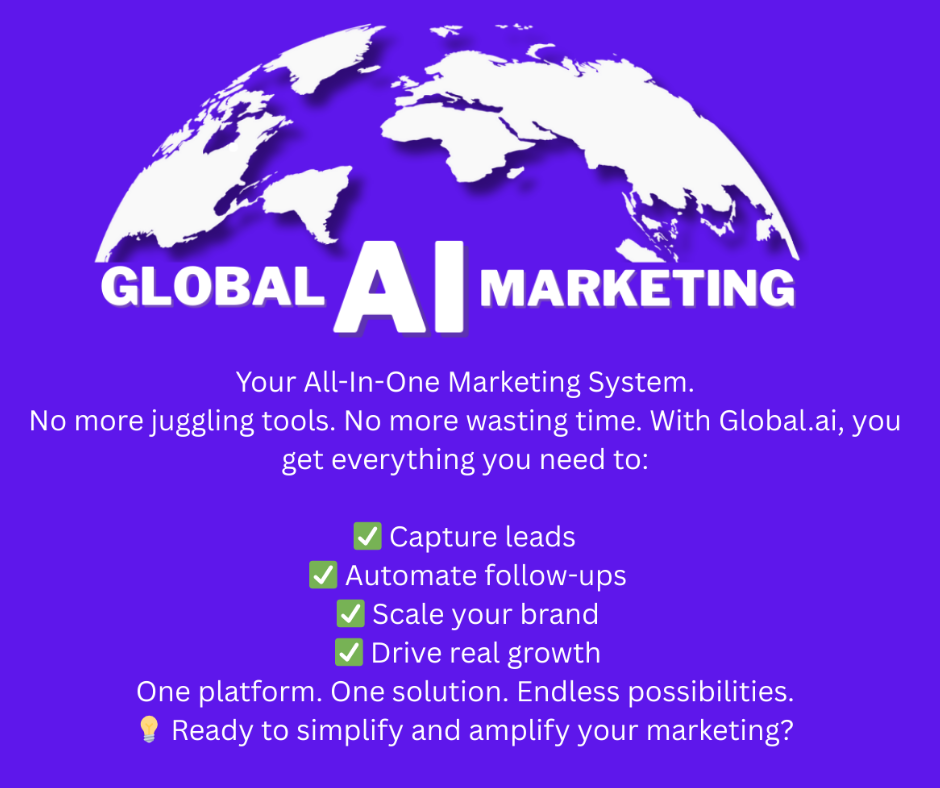Taking Control of Your Retirement Over 50

If you’re over 50 and thinking about retirement, you may have found yourself asking some difficult questions: How much will I need? Is it too late to start saving? What can I do now to secure my financial future? These are tough questions, but they’re crucial if you want to retire comfortably and on your own terms.
The truth is, many people reach this stage of life without adequate savings or a solid plan of action. Life happens—losses in the stock market, unexpected expenses, or simply not having the opportunity to save as much as you would have liked. However, the good news is that it’s never too late to take control of your financial future. This blog will guide you through the challenges you may face and provide actionable steps to help you plan a retirement where you are in control.
Understanding Your Retirement Needs
Before diving into specific strategies, it’s important to understand what your retirement needs might actually be. Many people underestimate how much they’ll need in retirement, assuming that expenses will be lower. However, that’s not always the case.
The first step is to assess your current lifestyle and spending habits. Consider the following:
- Living Expenses: Housing, utilities, groceries, transportation, and healthcare.
- Lifestyle Choices: Travel, hobbies, dining out, and other activities you plan to enjoy.
- Healthcare Costs: As you age, healthcare expenses often rise, and it’s important to account for this in your planning.
- Inflation:
The cost of living will likely increase over time, so it’s important to factor in inflation.
A common rule of thumb is that you’ll need about 70-80% of your pre-retirement income to maintain your current lifestyle. However, this can vary depending on your specific circumstances and goals.
How Much Will You Need?
Once you’ve assessed your needs, the next step is to determine how much money you’ll need to retire comfortably. This involves calculating your total retirement savings goal.
- Estimate Your Annual Retirement Expenses: Start by estimating your yearly expenses based on the factors mentioned above.
- Consider Your Life Expectancy: It’s essential to plan for a long retirement. With advancements in healthcare, many people are living well into their 80s and 90s.
- Account for Inflation: To ensure your savings don’t lose value over time, factor in an average inflation rate of 2-3% per year.
- Determine Your Savings Goal: Multiply your estimated annual retirement expenses by the number of years you expect to be in retirement. For example, if you estimate $50,000 per year and plan for a 25-year retirement, you would need $1.25 million.
- Social Security and Pensions:
Don’t forget to include any income you expect to receive from Social Security or pensions in your calculations. This can reduce the amount you need to save.
Is It Too Late to Save?
For those over 50, it may feel like time is running out, but it’s never too late to start saving. While starting early gives you the advantage of compounding interest, there are still strategies you can employ to boost your retirement savings:
- Catch-Up Contributions: If you’re over 50, you can make additional contributions to your retirement accounts. For example, in 2024, you can contribute an extra $7,500 to a 401(k) and $1,000 to an IRA.
- Delay Retirement: Working a few extra years can have a significant impact on your savings. Not only will you have more time to save, but delaying Social Security benefits can increase your monthly payments.
- Reduce Expenses: Consider downsizing your home, eliminating debt, or cutting back on discretionary spending to free up more money for savings.
- Maximize Investment Returns:
If you’re behind on your savings, it may be tempting to take on more risk to catch up. However, it’s important to balance the potential for higher returns with the risk of losing money. Diversify your investments and consult with a financial advisor to ensure your portfolio is aligned with your risk tolerance.
The Importance of Creating a Business or Side Gig
While saving more is important, creating additional income streams can be a game-changer. Starting a business or side gig is one of the most powerful ways to take control of your financial future. It allows you to leverage your skills, experience, and passion to generate income well into retirement.
Why a Side Gig or Business?
- Flexibility: You can work on your terms, setting your hours and workload according to your needs.
- Income Potential: A successful side gig or business can provide significant income, which can be reinvested or used to supplement your retirement savings.
- Purpose and Engagement: Many people find that continuing to work in some capacity during retirement keeps them mentally and physically active, providing a sense of purpose and fulfillment.
Starting Small: Ideas for Online and Offline Businesses
When considering a side gig or business, start by assessing your skills, interests, and market demand. Here are some ideas to get you started:
- Online Businesses:
- Freelancing: Offer services such as writing, graphic design, consulting, or virtual assistance.
- E-commerce: Sell products through platforms like Etsy, eBay, or Amazon.
- Online Courses: Create and sell courses on platforms like Udemy or Teachable, sharing your expertise in a particular area.
- Blogging/Vlogging: Monetize your knowledge or hobbies through content creation and affiliate marketing.
- Offline Businesses:
- Consulting: Leverage your professional experience to offer consulting services in your field.
- Tutoring: Offer tutoring services in subjects you’re proficient in.
- Handyman Services: If you’re handy with tools, consider starting a handyman or home repair business.
- Event Planning: If you have a knack for organizing, consider event planning for small gatherings, weddings, or corporate events.
Seeking Support and Resources
Starting a business or side gig can feel overwhelming, but you don’t have to do it alone. There are numerous resources available to help you succeed:
- Small Business Administration (SBA): Offers resources, loans, and mentorship for small business owners.
- SCORE: A network of volunteer business mentors who can provide guidance and support.
- Local Community Colleges: Many offer courses and workshops on starting and running a small business.
- Online Communities: Join online forums or social media groups focused on entrepreneurship and side gigs to connect with like-minded individuals and gain valuable insights.
Overcoming Challenges
Starting a business or side gig later in life comes with its challenges, but they’re not insurmountable:
- Time Management: Balancing work with other responsibilities can be tough. Create a schedule that allows you to work efficiently without overburdening yourself.
- Learning Curve: You may need to learn new skills, especially if you’re venturing into an unfamiliar industry. Embrace continuous learning and seek out resources to help you grow.
- Financial Risk:
Starting a business involves some financial risk, but you can mitigate this by starting small, keeping costs low, and gradually scaling up as your business grows.
Take Control of Your Future
Retirement planning is about more than just saving money—it’s about creating a future where you are in control. By understanding your needs, calculating your savings goals, and exploring opportunities for additional income through a business or side gig, you can build a retirement that’s not just financially secure, but fulfilling and aligned with your passions.
It’s never too late to start planning, and every step you take now will bring you closer to the retirement you deserve. Remember, you’re not alone in this journey. Seek out resources, connect with others, and take proactive steps toward securing your financial future. Whether you’re starting a small business or simply looking to maximize your savings, the key is to take action today.
Call to Action
If you’re ready to take control of your retirement, start by evaluating your financial situation and exploring opportunities to generate additional income. Don’t wait—your future is in your hands.
Subscribe to our newsletter for more tips, insights, and resources on retirement planning, financial well-being, and starting your own business or side gig. Let’s work together to build the retirement you’ve always dreamed of.
Learn more of our community platforms and more.
JOIN MY LINKEDIN FOR MORE information
https://www.linkedin.com/in/renemanfre/

"Empowering Change Through Innovation, Compassion, and Strategic Growth" Business Development / Commercial Financing /EV Infrastructure / Real Estate / Facilities Maintenance Services / Business Advisory and Influencer.
Get access to a proven blueprint that's creating results like that...
This Is where The Legacy Builders Program Comes In!
Automate your entire online business and content creation for making sales as passively as possible with my step-by-step blueprint!
FREE BLUEPRINT GET IT NOW:
www.digitalpronow.com





